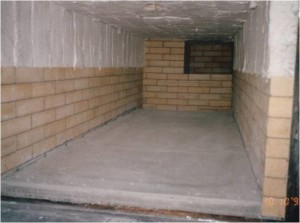When selecting a casket at a funeral provider, you will notice that there’s a wide range of costs… usually a range from $1500 to $8000. Why such a huge difference?
There are two types of caskets available, metal and wood. The majority of Canadians select a wood casket, and so that’s what I’ll talk about here.
The cost of a casket depends on the type of wood used… Mahogany will be more expensive than Ash. It also depends on how much labour has gone in to making the casket. Each casket is handmade, and the two major providers of caskets in Canada are Batesville and Victoriaville. Some examples of more expensive touches would be rounded corners or decorative ornamentation.
Remember to choose a casket that fits your budget, and reflects the deceased and their values.



